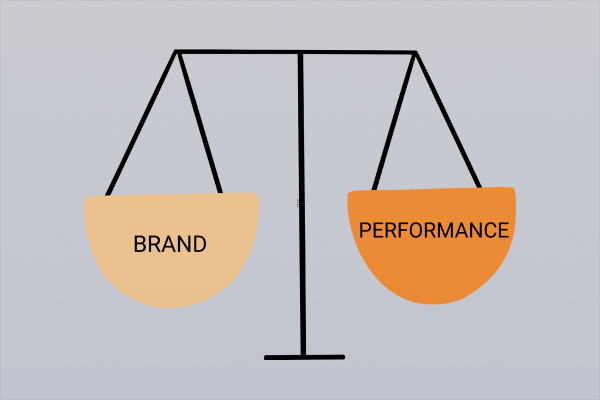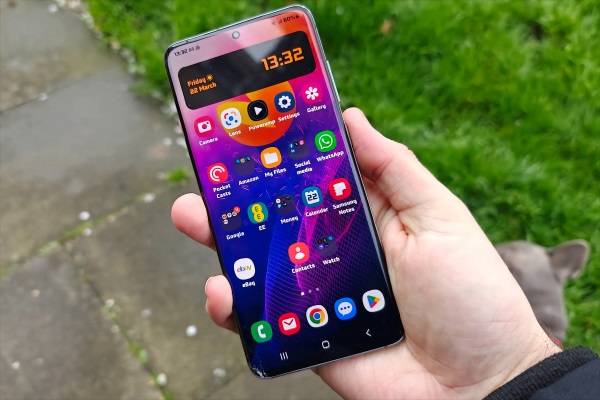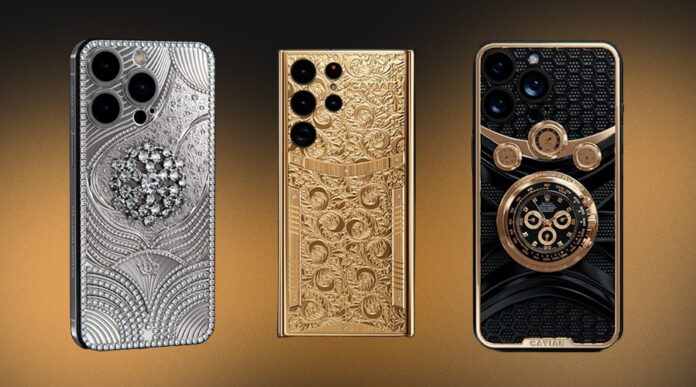In this technology-driven era, owning a smartphone has become an indispensable part of our daily life. Many people find the latest flagship phone appealing but they should investigate if spending money on an expensive phone provides real value. Aspects like sleek design coupled with leading-edge features lead us to overlook various financial costs and practical limitations. An affordable device will satisfy your functional needs while saving you money. Here are ten compelling reasons why you should think twice before investing in a pricey smartphone:
10 Reasons Why You Should Never-Ever Buy Expensive Smartphones
Here are the 10 detailed reasons why buying expensive smartphones might not be a good idea.
1. Rapid Depreciation in Value
Modern smartphone technology shows quick depreciation after purchase. The moment you remove a high-priced smartphone from its box, its resale value starts decreasing. Your costly smartphone purchase becomes outdated when manufacturers launch newer versions to the market within 12 months.
A flagship smartphone which costs $1,000 will typically decrease in resale worth by 50% throughout its first year of ownership. Purchasing a quick-deteriorating asset which soon becomes outdated and yields below-par financial returns is a poor financial decision.
2. Low Return on Features
Smartphones marketed as luxury products offer multiple innovative features which most people cannot translate into actual useful benefits despite the premium price. The technological features incorporated in flagship smartphones mainly exist for the show at best because their utility remains useless for daily interactions.
High-end smartphone cameras paired with powerful processors and premium construction receive compliments, but average users see limited functionality that matches their needs. Testing shows that modern mid-range smartphones achieve comparable performance in web browsing, streaming, gaming activities and taking photographs. Only tech enthusiasts who use all possible features of the phone achieve worthwhile benefits.
3. Overpriced Branding, Not Performance
High-end smartphones achieve high costs from brand recognition rather than from real performance upgrades. Top brands like Apple and Samsung exploit consumer demand by charging exorbitant prices for the elements that comprise their brand identity instead of materials used in production.

The market features lesser-known brands also that provide phones with greater specifications and lower prices than their branded competitors. These other brands deliver the same flair without making consumers pay extra for brand identity. Therefore, buying a lesser-known mobile phone is a cost-effective decision to enjoy the same advanced features as promised by well-known mobile brands.
4. Affordable Alternatives Deliver Excellent Performance
The performance difference between smartphones under different prices has decreased notably in the last few years. Google’s Pixel A-series, OnePlus, and Xiaomi manufacture smartphones that combine premium features with a reduced price tag at half the cost of flagship models.
These smartphones combine a high-speed processor with trustworthy cameras and extended battery performance which fulfils the necessities of typical smartphone users. The mid-range smartphone market offers selectable options which grant equal functions to flagship smartphones at half the original price points.
5. Exorbitant Repair Costs
High-end smartphones require equally high-cost repairs for maintenance. Phones with premium features may need hundreds of dollars to repair only typical screen damage. For example, repairing the screen of an iPhone 14 Pro will cost customers at least $300. Difficult-to-repair flagship devices create higher repair bills which often exceed replacing an entire budget phone system. Therefore, buying a smartphone with affordable maintenance expenses results in better financial logic.
6. Short Software Lifespan
Even the most expensive smartphones have a limited software lifespan. Software updates are usually provided by the manufacturer for 3-5 years, and after that, your device may not get critical security patches or new features. It is a poor investment to spend more than $1,000 on a device that becomes technologically obsolete in just a few years, considering that mid-range phones often provide similar update lifespans.

7. Constant Fear of Damage or Loss
Owning an expensive smartphone can make you feel permanently anxious. The main concerns about dropping your phone and damaging its screen or losing it permanently create excessive caution. The anxiety about smartphone damage forces people to buy additional safety measures which include both insurance plans and thick cases as well as protective screen covers. Stress along with increased expenses reduce the pleasure you would receive from having this technology in your possession.
8. Encourages Materialism Over Practicality
Most of the time, expensive smartphones become status symbols rather than useful tools. Most people purchase flagship devices to flaunt their money or keep up with the times rather than meet their actual needs. Consumerism is very materialistic, and this could eventually lead to financial stress. Selecting a smartphone based on functionality rather than brand prestige is much more down-to-earth and practical.
9. Battery Degradation Affects All Phones Equally
Regardless of its purchase price, your smartphone battery suffers progressive deterioration with age. Two to three years of normal use causes the best battery technology to diminish its charge capacity until replacement becomes necessary or major repairs are required. High-end phone value depletes over time thus offering no better performance than cheaper mid-range choices will. Your investment in a lower-priced smartphone helps reduce the effects of battery degradation which cannot be avoided.
10. Hidden Costs of Accessories and Ecosystems
The top smartphone devices force users to enter into steep ecosystem frameworks. Phones from Apple function harmoniously together with other Apple products encouraging customers to purchase AirPods along with Apple Watches and exclusive charging accessories.
The high-end phone market typically omits essential items along with basic components such as charging bricks which forces consumers to buy additional accessories at an extra cost. The aggregate costs from missing features build up swiftly thereby escalating the price burden of an already high-cost item.
Also See: How to Get Mobile Phones on Rent?
Factors to Consider When Buying a Budget Smartphone
Budget or affordable smartphones can be a good purchase, however, you consider the following factors to ensure the best deals:
- Price Range: Establish a practical budget limit which emphasizes cost-effective selection. When available use deals and sales promotions to optimize financial returns on your purchase.
- Performance: Your processor should be either MediaTek or Snapdragon entry-level types with 3-4GB of RAM to achieve smooth multitasking alongside good app execution.
- Display: Opt for either high-definition or Full high-definition resolution and select an IPS LCD panel because it is the standard in budget smartphone displays.
- Battery Life: The minimum battery size needs to be 4,000mAh to support daily usage. If possible consider obtaining phones that support quick charging functionality.
- Storage: Point your search toward smartphones automatically offering 64GB internal storage capacity that enhances further capability through microSD expansion capabilities.
- Camera: Don’t expect flagship-level quality. Consider phones that have two camera setups in the rear and satisfactory optimization for software performance.
- Build Quality: The combination of tough plastic materials with ergonomic construction elements is standard practice because these features make this segment’s products both tough and practical.
- Connectivity: Consumers should inspect their potential smartphone choice to confirm VoLTE functionality through 4G, explore dual SIM compatibility and enable basics like Bluetooth, Wi-Fi and GPS.
- Software: Select a phone which runs either Android Go or stock Android and brings optimal performance to limited hardware configurations.
- Customer Support: Invest in products from companies that deliver strong customer assistance together with regular system software maintenance.
- Extra Features: The value improves when devices offer fingerprint scanners, headphone jacks, and water-resistant capabilities.
Conclusion
While high-end smartphones may have premium features and the latest technology, they often have diminishing returns on investment when compared to their cost. When it comes to performance, functionality, and reliability, affordable options are no different from high-end devices, making it unnecessary to spend extra on high-end devices. This is because even the most expensive phones can become outdated by the rate at which technology is advancing, making them almost worthless in a few years.
By buying budget or mid-range smartphones, you can meet your needs, save your money and avoid contributing to excessive consumerism. Practicality should be prioritized over prestige and smarter financial decisions should be made that reflect one’s lifestyle.

